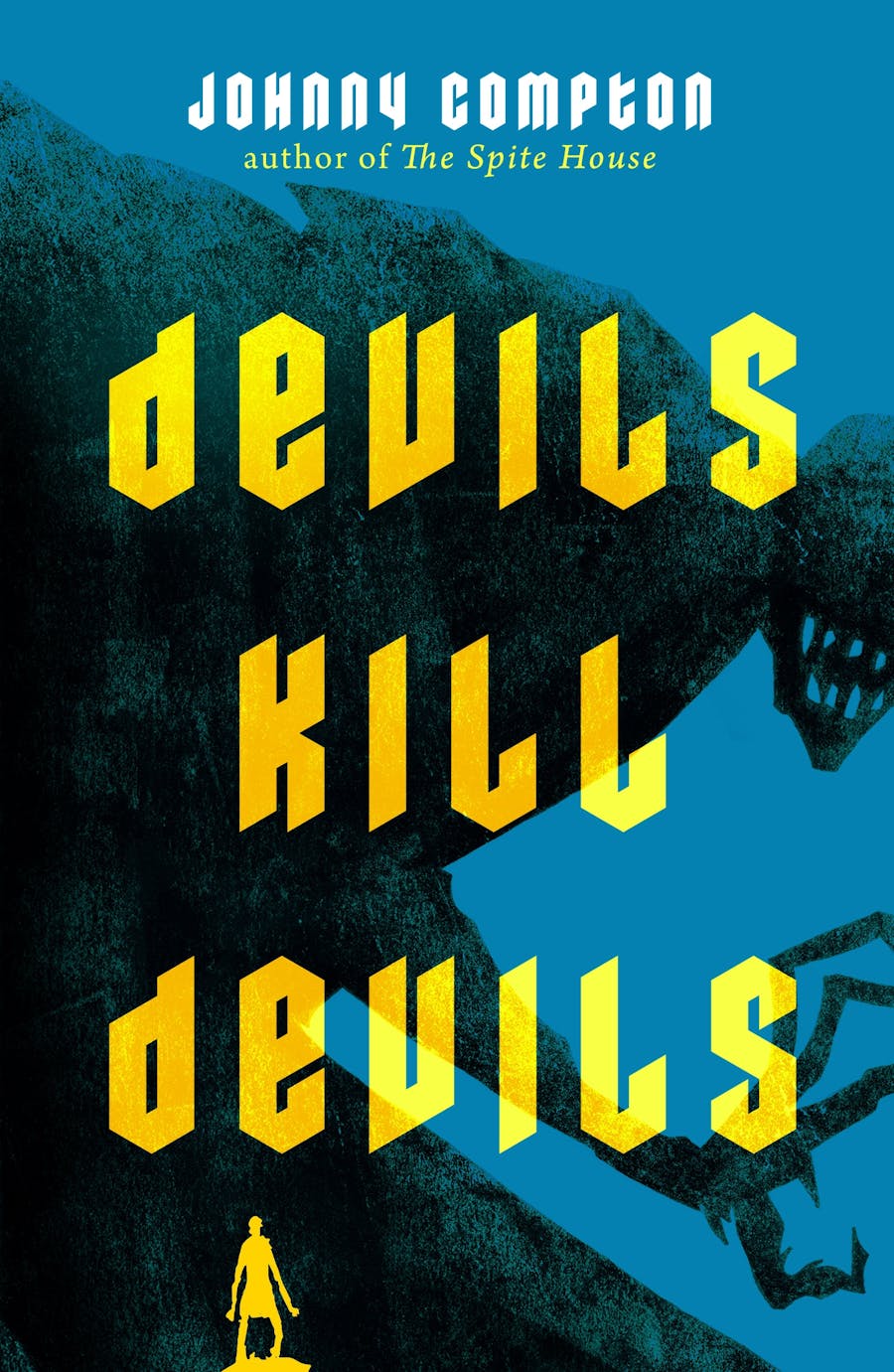So as not to bury the lead, I made some big changes in my ever-changing classroom this past week. This was the first week of what I hope will be many weeks of adding game elements to a classroom in the interests of putting my students in the driver’s seat for their own learning.
Before we get there, though… I was lucky enough to spend last weekend in Chicago at the NCSS (National Council for the Social Studies) annual conference. It was their 99th, and to think – this was the first time they asked me to present! Harumph. Joking aside, I always love going to conferences, was gratified at having my presentation accepted, and I was thrilled and surprised to find that, at the start of my half-hour talk, I had a full house – SRO, in sporting terms. I attended other talks that day – presentations by Michael Matera, Luke Rosa, and several others. I also really enjoyed about two hours’ worth of discussions hosted by the Southern Poverty Law Center about teaching hard history – actually, it’s Teaching Hard History. I left the city I once called “home” inspired to make sweeping and immediate changes – not to what I teach, but to how I deliver that material.
And now we come to it.
I have been thinking for years about making my classroom as fun as can be – most teachers spend a lot of time on this – and trying new ideas as they arrived on my mental doorstep, keeping some while tossing others aside. This year, at an EdCamp in Salt Lake City, Utah, I heard a word that I have either never heard before or never thought very much about before: gamification.
For the uninitiated from the newly initiated, gamification is what we do when we add game-inspired mechanics and elements to a traditionally non-gamelike institution or activity. It’s not a new concept. Companies have been putting the concept into use for a decade, and probably longer, to motivate employees. The Economist, anyhow, has been writing about it since at least 2011, and then wrote about it again in 2012, more in 2012, and 2017 (and probably several times in between, as well). Here’s how it works in business: give employees awards, show them leaderboards, and make targets fun-sounding, and you’ve got yourself a game-like work environment. This is either done well or not. A well-done gamified workplace would include an overarching and consistent theme, quests or missions for employees/players that incentivize the right sort of behaviors (and not back-stabby ones), and fun (and meaningful) rewards. The wrong way to do things is to slap game elements on top of, say, volume of sales calls per hour, and leave it at that. But we’re getting too far off track. I’m an educator – I just wanted to lay that groundwork, because it’s new to me, too.
On the way to O’Hare airport last Sunday, I loaded up a few podcast episodes from Matera’s Well PlayED, not expecting much, and was impressed with the first few episodes. So impressed that I kept listening, in fact. I boarded my plane with earbud fixed in place, moving right along into episode three or four. I took my cramped seat and, as soon as we reached 10,000 feet, I wrote a game for my class. I felt compelled to build and deliver something right now. But it had to work, at least on a basic level. It would not be perfect, but I figured could get a working prototype into the field.
First, I came up with a theme related to the most recent class content (Nelson and Napoleon’s Mediterranean Campaign of 1798), which just so happens to link nicely into a unit about pirates later on this year. I created a draft scheme to have the students pick their own crewmates aboard their sailing vessels, and on Monday, we put that plan into action. Students blindly chose crewmates by examining numbered (and not named) so-called personal dossiers, completed with my guidance in the first few minutes of class that morning. I chose captains based on expressed student preference, and then I had those captains work in pairs to make nearly final choices about crew mates. All I told them about their collective mission is that they’d be working together to earn merit notes (game points, essentially) by completing learning activity missions. I checked the decisions made by the students and assigned all 55 students to six different ships based on their determinations. I named the ships, and the next evening I posted the crew rolls in a silly, too-serious video.
I also posted a second video putting another step of my plan into action. I gave them individual missions and crew-wide missions to accomplish over the next few class days. In fact, the individual missions I assigned were merely the assignments I had left for them when I went to the conference, only they had been recast in light of the meta-game in which they now found themselves. I also let them in on a secret: they could earn game points by completing other, optional, individual missions. There were 20 or so options on the menu – everything from building an historically accurate model of an 18th-century ship-of-the-line via an iPad game to making a timeline of events or drawing an exploding L’Orient and writing an accompanying explanation-of-historical-circumstance.
Some of the kids looked confused: we’re going to choose our assignment? “Yes,” I said. “It’s like your last final project – when you had six choices across English, History, and Science. Choose your own adventure, here.” Some didn’t like that I had given them the choice. They were used to being told exactly what to do. Most, though, were downright pumped. They didn’t know exactly what this game was – what the endgame was, in particular (an oversight that I’ll be correcting!), but they knew that they were in it, and that it was different and interesting. Five students emailed with completed sidequests within 48 hours.
Next, I’ve got to figure out this boss-fight angle. What’s a game without a boss fight? The ships they’re working to improve, the items they’re going to collect – they have to be for something. I told them on Day One that there’d probably be some sort of naval battle simulation – something with dice and a playspace taped out on the floor… but I haven’t really figured it out yet. (Thanks to my visit to NCSS, and probably to Michael Matera’s presentation, I have Junior General in my head as a place where I can find some cutouts and some rules for a naval simulation.) It’ll come. I’ve got a spreadsheet point tracker, a minimalist leaderboard posted to the class Canvas page, and a big to-do list. I’m geared up and ready to go. I’ll report back on how things progress.
I’m intensely interested in how other teachers (or managers) have used gamification in their classrooms (or workplaces). Any advice for where I am right now? Any warnings? Any recommendations for reading about game design? I’ve got a big ‘ol list of books and am not sure where to begin. (I am actually starting with a book about video game development called Blood, Sweat, and Pixels: The Triumphant, Turbulent Stories Behind How Video Games Are Made.) I’d love to hear from you.




Leave a comment